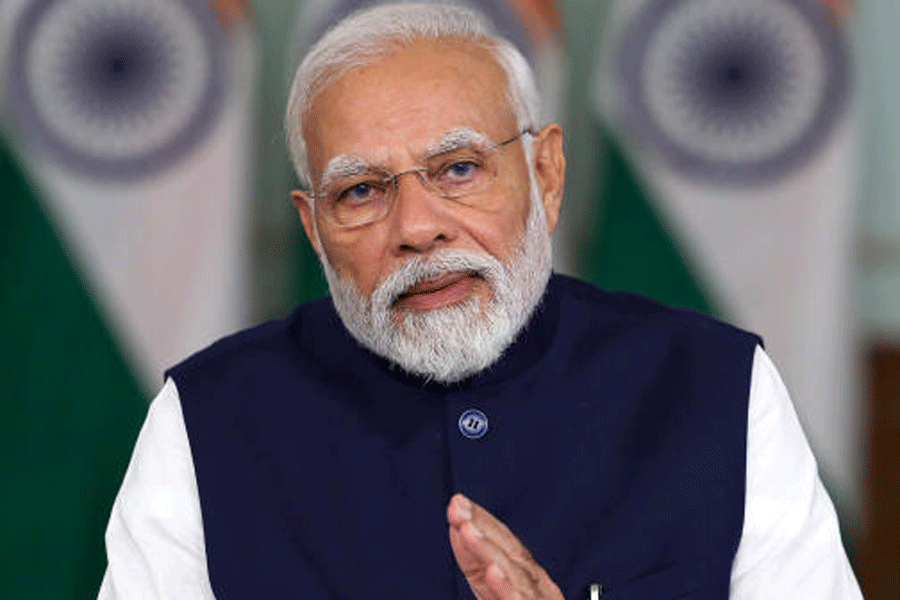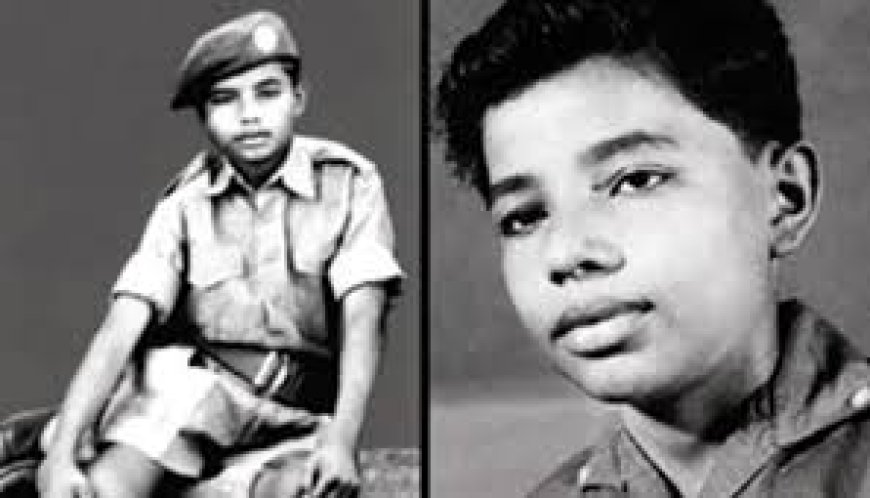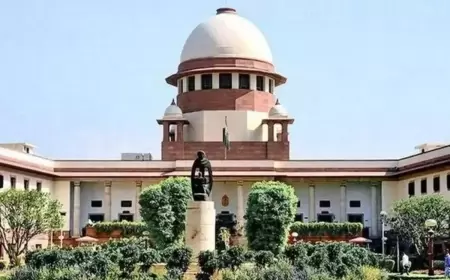The Leadership and Legacy of PM Narendra Modi: A Comprehensive Analysis
The Leadership and Legacy of PM Narendra Modi: A Comprehensive Analysis

Narendra Damodardas Modi's Childhood
On September 17, 1950, in Vadnagar, Mehsana district, Gujarat, a Hindu family of Gujarati, categorized as the Others Backward Class (OBC), brought Narendra Modi into the world. He was the third of Hiraben Modi's (1923–2022) and Damodardas Mulchand Modi's (1915–1989) six children. He had periodically worked as a youngster on the platform of the Vadnagar railway station in his father's tea business, according to Modi and his neighbors. His brother Prahlad Modi denied the assertion that he has ever sold tea at a protest against the government. The Prime Minister, he said, was wrongly referred to as a "chai wala," as his father had made a living by selling tea. Modi attended Vadnagar after finishing his upper secondary studies in 1967.

When to Join RSS
Modi started going to the local shakhas (training sessions) of the RSS when he was eight years old. It was then he met Lakshmanrao Inamdar, who went on to become Modi's social mentor and get him enrolled as a junior cadet, or balswayamsevak, within the RSS. Modi met Bharatiya Jana Sangh officials Nathalal Jaghda and Vasant Gajendragadkar when he was receiving training from the RSS. The found of the Gujarat branch of the BJP in 1980 was greatly aided by these people. In his teenage years, he participated in the National Cadet Corps.
Modi Education and Marriage
At the age of seventeen, Narendra Modi tied the knot with Jashodaben Chimanlal Modi, who was eighteen. He eventually moved out of his home and his wife after getting married. Although the pair never separated, he did not publicly discuss their marriage for many years. Just before he was elected to the national assembly in April 2014, Modi publicly made it known that he was married to Jashodaben. Modi concealed the marriage, as he would not have been allowed to join the puritanical RSS as a pracharak if they had not consummated.
At Delhi University's School of Open Learning, Modi completed a Bachelor of Arts (BA) in political science in 1978. Trained in an external distance learning program, he graduated from Gujarat University in 1983 with a first-class Master of Arts (MA) in political science.
In 1971, Modi started working for the RSS full-time in Gujarat. He join the BJP in 1985 after being assigned by the RSS, and he progressed to the level of general secretary in the party hierarchy, holding several posts there until 2001.
How became CM
Keshubhai Patel's health declined at the time of the 2001 election by-election, and the BJP lost just a few state legislature seats. How Patel's administration managed the 2001 Bhuj earthquakes damaged his image, and allegations of abuse of authority, mismanagement, and poor handling surfaced. Modi was chosen as the chief minister's replacement by the BJP national leadership after voicing concerns over Patel's leadership. Advani did not wish to reject Patel but was concerned about Modi's lack of political experience. Rejecting the opportunity to take over as deputy chief minister after Patel, Modi told Advani and Atal Bihari Vajpayee that he was "going to be completely accountable for Gujarat or not at all." Modi succeeded Patel as Gujarat's chief minister on October 3, 2001. He was sworn in on October 7, 2002, and given the responsibility of getting the BJP ready for the 2002 December election. Modi became a member of the state assembly on February 24, 2002, following his victory over INC candidate Ashwin Mehta in a Rajkot by-election. After taking power as Gujarat's chief minister, Modi ji performed well.
After India was freed from the British Empire in 1947, Modi became the nation's first prime minister and took office on May 26, 2014. This resulted from the win of the BJP in the 2014 Lok Sabha elections. The BJP is also commonly referred to as the National Democratic Alliance or NDA. 2019 saw the election of the NDA, which resulted in Modi becoming India's second prime minister. He became the first prime minister in Indian history to serve as such for the longest duration without being a member of Congress on December 6, 2020. The Modi administration's moderately structured economic policies placed a high priority on the development and growth of the sector.
In September 2014, Modi initiated the "Made in India" campaign to encourage foreign companies to manufacture items in India and position the country as a global manufacturing strength.
What's Your Reaction?











































